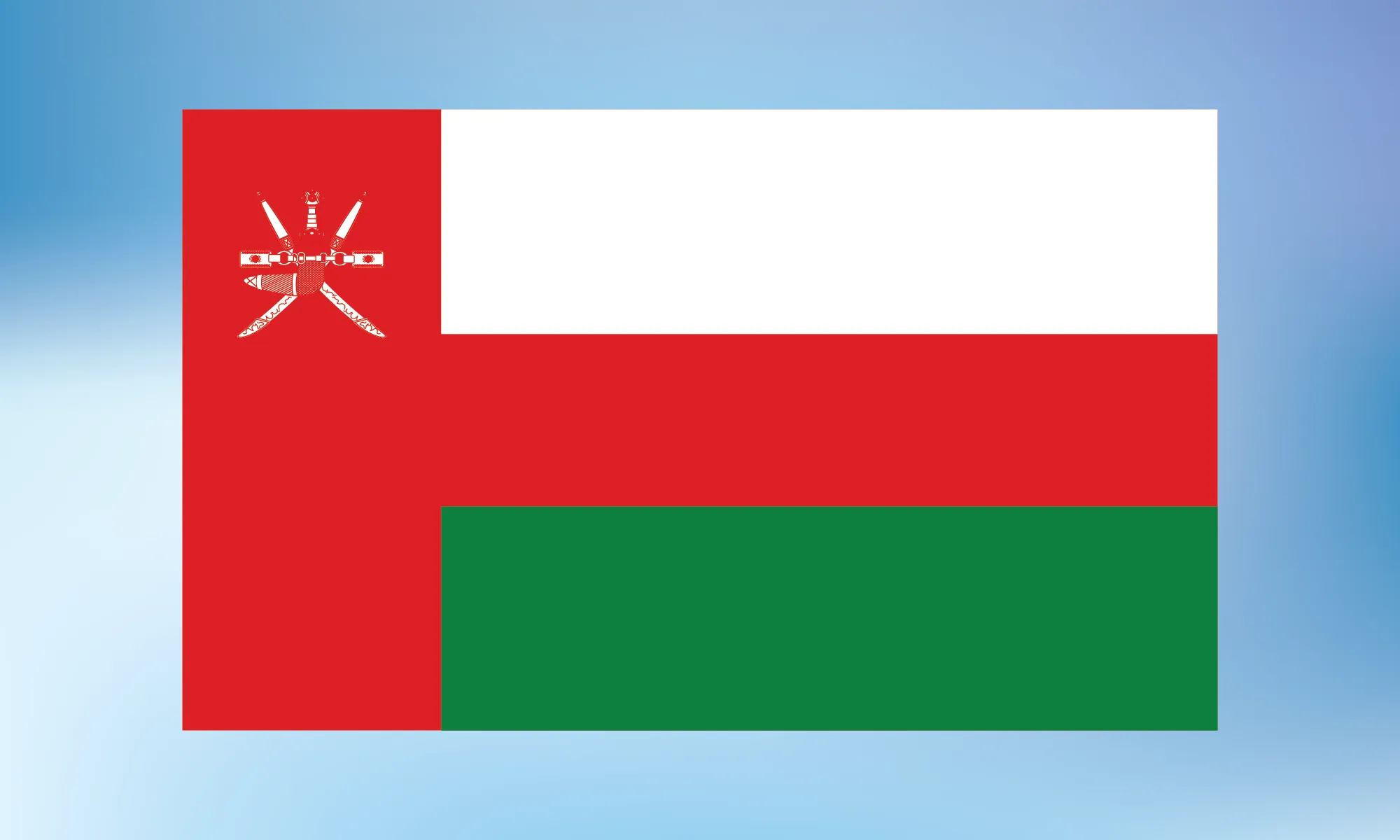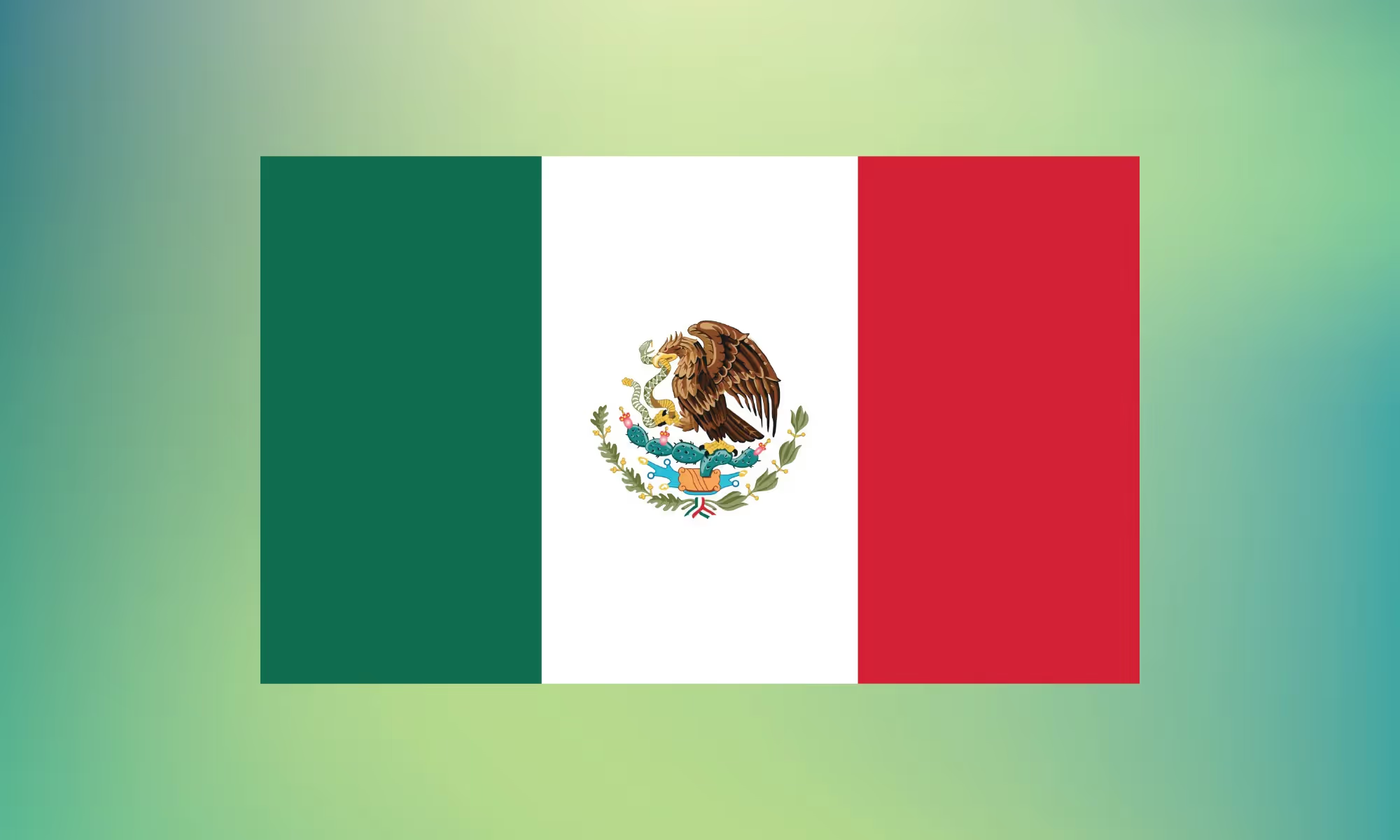Costa Rica has mandatory electronic invoicing for taxpayers, with the exception of small taxpayers enrolled in the Simplified Tax Regime. E-invoices must be issued in XML format with a digital signature and a unique identification number and must be stored for five years.
This guide will cover e-invoicing in Costa Rica, including its requirements, mandates, and steps businesses should take.
How does the e-invoicing system work in Costa Rica?
The Costa Rican tax authority, Dirección General de Tributación (DGT), has implemented a mandatory e-invoicing system for all businesses operating in the country. The project began in 2017 and finished in 2018 via a scaled mass adoption. Since then, the issuance and reception of electronic invoices have been mandatory for all resident businesses operating in Costa Rica, but the Simplified Tax Regime offers a voluntary and easy access option for small taxpayers. The businesses registered to this regime can opt for the issuance of electronic invoices voluntarily and will act as non-confirming issuing and receiving entities, that is, they will be able to give and receive electronic receipts but it will not be necessary to confirm them with the Tax authority.
E-invoices must be issued in XML format with a digital signature and unique identification number. To obtain a digital certificate that will be used to sign the XML invoices and ensure their authenticity and integrity, one must use an authorised entity. As of now, the only option is the Banco Central de Costa Rica. As a certified authority they may issue the following types of certificates:
- Individual Certificate,
- Corporate Certificate.
In the second case, the procedure must be carried out on the Central Directo website, and access is granted through an individual digital signature.
The DGT website, Hacienda, provides information on tax regulations, procedures, and services, including information on electronic invoicing. It can be accessed at Administración Tributaria Virtual (ATV) - Virtual Tax Administration - the name given to the portal where invoices and receipts are reported and validated.
How does the e-invoicing process look in practice
- Creation: The invoice is created according to the data content and format requirements of DGT. The invoice must contain certain mandatory information, including the issuing taxpayer’s identification number, the buyer’s identification number, the invoice date, sequential numbering, transaction totals, etc.
- Signed: The invoice is required to be signed with the cryptographic stamp of the issuer of their legal representative , so that the DGT can verify its legitimacy.
- DGT sending & acceptance: The invoice is sent to the DGT to be processed.
Note: The Tax authority receives the invoice and has up to 3 hours to validate it and send an acknowledgement of acceptance or rejection. This message will accompany the sending of the invoice to the recipient.
- Distribution to the buyer: the original file, the DGT acceptance file and most commonly a PDF are all delivered to the buyer in a method or form that the trading parties agree on.
- Receiver acceptance: The receiver must accept or reject the invoice via the DGT, within 8 days, with a new message.
- Storage: Both trading parties must keep a copy of the invoice for five years.
What document types are available?
In general, there are 4 types of electronic invoices to be created by suppliers, which are then divided into subtypes.
- Electronic Invoice: electronic invoice that must be used for transactions with tax implications, such as sales to other businesses or individuals who can claim tax deductions. They must contain detailed information about the transaction, including the names and addresses of the parties involved, the tax identification numbers, a description of the goods or services sold, and the applicable taxes. They must also be signed with a qualified digital signature.
- Electronic Ticket: an electronic receipt that serves as proof of payment, and it can be used for transactions with low or no tax implications, such as sales to final consumers or exempt sales. They more or less contain the same information as invoices but do not contain the tax information of the recipient.
- Electronic Credit Note: a document that totally or partially cancels an Electronic Invoice.
- Electronic Debit Note: a document that records additional charges to an Electronic Invoice.
Additionally, there are documents to be issued by the customer (buyer):
- Electronic purchase invoice: Electronic document issued that certifies the purchase of goods or services to taxpayers excluded from the use of electronic receipts.
- Acknowledgements of acceptance or rejection of documents.
- Confirmation of acceptance of the electronic receipt,
- Confirmation of partial acceptance of the electronic receipt,
- Confirmation of rejection of the electronic receipt.
Details of aspects of consideration
Digital signatures
E-invoicing service providers in Costa Rica need the taxpayer's digital signature, which in turn requires official certification, as only signatures approved by the government are allowed.
E-archiving
Invoices must be stored in their original format (XML) for a period of 5 years from the date of issuance and must be accessible and readable at all times. The storage system must also ensure the integrity, authenticity, and confidentiality of the data, and must be protected against unauthorized access, modification, or deletion.
Postal Codes
The codification and accepted codes - provided by Hacienda - are a combination of the canton, province, district and neighbourhood (canton, provincia, distrito y barrio. The codes are needed in the XML, however, the full names are to be expressed in the PDF.
Sequential number
Each electronic document generated by taxpayers must include a unique access key of 20 numerical digits. This key is automatically generated by Fonoa for each type of invoice, respecting the security measures that guarantee the inalterability, integrity and legitimacy of the consecutive. The sequence number is to be unique per issuer and document type. So credit notes, invoices and tickets have their own sequences (i.e. establishment, branch and terminal), for each issuer. The sequence number is one of eight inputs used to generate the Access key.
- The first three digits (1-3) identify the place or establishment where the electronic voucher or associated document was issued.
- The number 001 corresponds to the central office, parent company or main establishment
- The numbers 002 and subsequent identify each one of the branches.
- The fourth to eighth (4-8) digits will identify the terminal or point of sale for issuing the electronic invoice or associated document; In cases where there is only one terminal or a centralized server, it should be displayed as follows: "00001".
- The ninth to the tenth (9-10) digits will correspond to the type of electronic receipt or associated document; the following codes should be used: Type of receipt or associated documentCodeElectronic invoice01Electronic debit note02Electronic credit note03Electronic ticket04Confirmation of acceptance of the electronic receipt05Confirmation of acceptance partial of the electronic receipt06Confirmation of rejection of the electronic receipt07Electronic purchase invoice08Electronic export invoice09
- The eleventh to twentieth [11-20] digits will correspond to the Numbering of the electronic receipt.
Clave de acceso (access key)
Set of 50 digits, generated by Fonoa automatically and consecutively. It is made up of 8 parts. The key for each electronic document is unique and is composed as follows:
- Country code (3 characters) that identifies the country, in this case, Costa Rica is 506.
- Day of invoice issuance (2 characters) value representing the day, example 01, 10, 24
- Month of invoice issuance (2 characters) example 01, 08, 12
- Year of invoice issuance (2 characters) last 2 digits of the year 22,23,24
- Identification number (12 characters) This value must be the same as the one defined as the issuer's identification number in the electronic invoice. Otherwise, the Treasury will reject the invoice. It has a length of 12 characters and for example, if the identification number is 9 the other characters to the left are filled with 0
- Sequential number (20 characters) (see above)
- Electronic receipt status (1 character): Value of 1 character that identifies the current situation when the receipt is generated,
- (1) Normal situation - what Fonoa uses
- (2) Contingency
- (3) Without Internet
- security code (8 characters).
Catalog of goods and services (CAByS)
The Catalog of Goods and Services (CAByS) is a set of codes established by the DGT that are used to identify goods and services that are invoiced electronically. The CAByS is important for the correct identification and classification of goods and services in Electronic Receipts.The list of codes can be found here: Catálogo de Bienes y Servicios (CAByS).
Printed representation
In general, A PDF is required to support the structured (legal) invoice. This document is usually what is being processed and paid by the business customer. The PDF is especially important when the purchaser is a final customer, where they will not receive the XML but only the Electronic Ticket.
All Electronic vouchers must be expressed in Spanish; however, they may be written in a different language, in which case, if required by the Tax Administration, the respective translation into Spanish must be provided.
How can Fonoa help?
Fonoa offers a complete solution with plug-and-play capabilities for global e-invoicing requirements, including those in Costa Rica.
Our innovative platform ensures seamless implementation and easy compliance with tax regulations globally. We provide excellent customer service with support at every step of the process. Our unified API enables quick implementation, and we can offer assistance in just a few weeks.
Get in touch with us for more details.
















